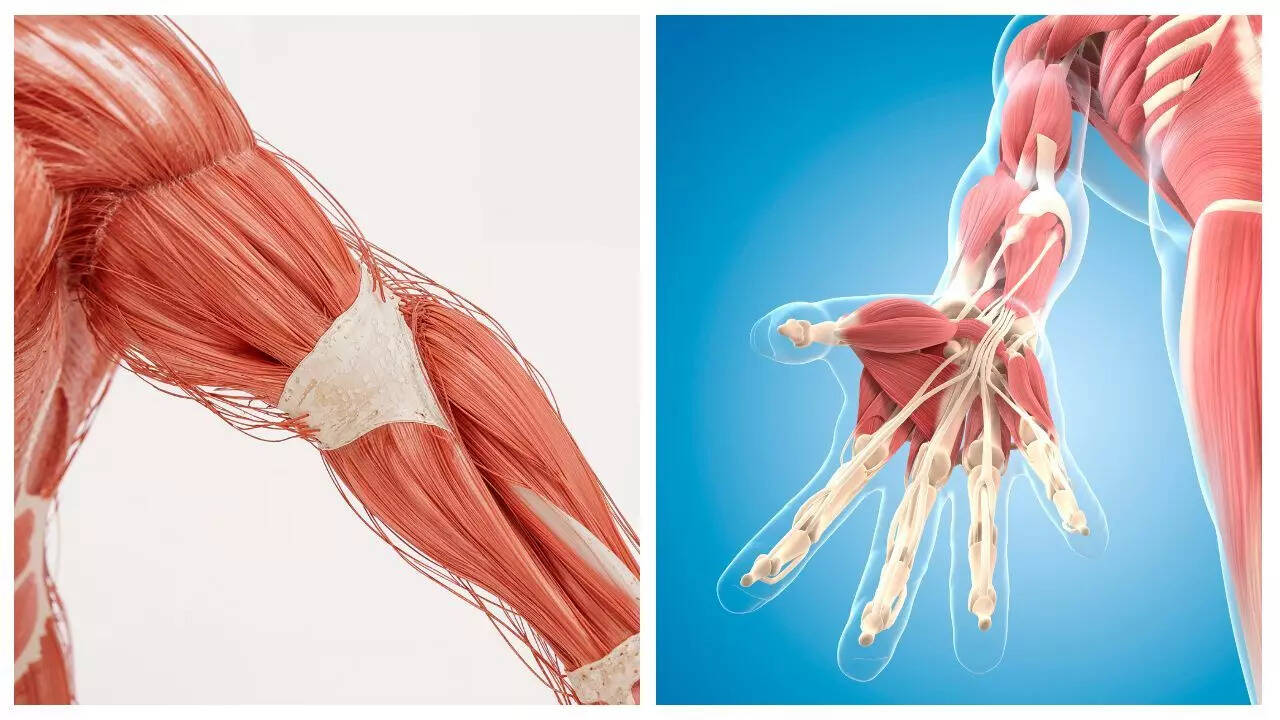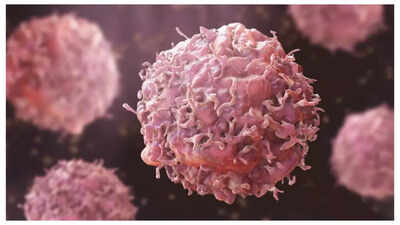Cricketer Tilak Varma shares life-threatening muscle breakdown: What is Rhabdomyolysis

Young Indian cricketer Tilak Varma, who played match-winning innings in Asia Cup final, recently shared about a life-threatening condition he suffered in 2022. The left-handed batman shared his battle with Rhabdomyolysis, a rare condition that occurs when muscles break down rapidly.
What is Rhabdomyolysis

Under normal conditions, muscle fibers are robust, designed to stretch, contract, and recover from exertion. However, in the rare but potentially life-threatening medical condition Rhabdomyolysis, the skeletal muscle experiences breakdown of tissues, leading to the release of toxic intracellular components into the bloodstream. Though the term may sound complex, its consequences are real, ranging from mild muscle soreness to acute kidney failure and even death if left untreated.In simple words, the excess breakdown of muscle releases substances into the bloodstream that, in large quantities, can overwhelm the kidneys.
Causes and risk factors of Rhabdomyolysis
Speaking on Breakfast with Champions, Varma explained that his condition resulted from pushing his body too hard with intense training and insufficient recovery. According to the US Centers for Disease Control and Prevention, Anyone can get rhabdomyolysis, but some are at a higher risk than others. People who work in hot environments or perform strenuous physical tasks have a higher chance of getting rhabdomyolysis.Rhabdomyolysis can affect anyone, from elite athletes to ordinary individuals, though certain activities and conditions increase the risk. Broadly, the causes can be divided into traumatic and non-traumatic categories.Traumatic causes: These involve direct damage to muscle tissue.
- Crush injuries or accidents: Severe trauma, such as car accidents or falls, can compress muscles and cut off blood flow, leading to rapid
muscle breakdown . - Prolonged immobilization: Individuals who remain unconscious or immobile for long periods are at risk of muscle tissue damage.
- Surgery or medical procedures: Rarely, extensive surgical procedures can contribute to localized muscle injury.
Non-traumatic causes: These occur without direct injury to the muscles.
- Excessive Physical Activity
- Sudden spikes in exercise intensity or unaccustomed strenuous activity can overwhelm muscles, particularly in athletes and military recruits.
- High-intensity workouts like CrossFit, marathon training, or resistance training without adequate recovery are common triggers.
- Heat and Dehydration
- Exercising in hot environments without proper hydration can exacerbate muscle breakdown.
- Heat stroke is a particularly severe risk factor for rhabdomyolysis.
- Medications and Drugs
- Certain medications, such as statins (cholesterol-lowering drugs) and some antipsychotics, can increase muscle vulnerability.
- Recreational drugs, including cocaine, amphetamines, and ecstasy, are known triggers.
- Metabolic and Genetic Conditions
- Rare inherited disorders affecting muscle metabolism can predispose individuals to rhabdomyolysis.
- Conditions like hypothyroidism or electrolyte imbalances may also increase risk.
- Infections
- Severe viral or bacterial infections can damage muscle tissue, particularly in vulnerable individuals.
In Varma’s case, his continuous schedule, lack of proper rest days and dehydration likely combined to cause the disorder, as he recalls he was continuously pushing himself.
Symptoms of Rhabdomyolysis

The 22-year old Cricketer shared how after playing 100 balls his eyes started watering when he was playing in the India A series vs Bangladesh, back in 2022. “I couldn’t lift the bat. Even my fingers weren’t moving. My nerves went tight, everything was hardened. It was like stone”, Varma recalls.As per the US Centers for Disease Control and Prevention, symptoms of rhabdomyolysis may not begin until hours or days after the initial muscle injury. For some people, symptoms might not start to appear until several days after the initial injury.Some common symptoms may feel like:
- Severe muscle cramps or aches
- Dark colored urine
- Feeling weak or tired
- Exercise intolerance
Complications of Rhabdomyolysis
“Even my fingers weren’t moving. My nerves went tight, everything was hardened. It was like stone. My gloves had to be cut because I couldn’t move my fingers”, Tilak Varma said in the conversation with Gaurav Kapur.In severe cases, such as Tilak Varma’s, muscles can become extremely stiff or “hardened”, and nerves may be compressed, resulting in loss of movement or sensation.Rhabdomyolysis can affect kidneys, nerves, and the heart. It may lead to: Myoglobin released from damaged muscles can clog the kidneys, sometimes leading to acute kidney failure.
- Electrolyte imbalances and cardiac risks
Breakdown of muscle tissue releases potassium, calcium, and phosphate into the blood.Hyperkalemia (high potassium) can lead to irregular heart rhythms and may be life-threatening if untreated.
- Systemic and long-term effects
Severe rhabdomyolysis can cause multi-organ failure in rare cases.Long-term effects may include chronic kidney problems or reduced muscle strength, depending on severity and treatment timingAccording to the NIH, Rhabdomyolysis is a complex process associated with morbidity and mortality.
Diagnosing Rhabdomyolysis

Diagnosing rhabdomyolysis promptly is crucial to prevent serious complications such as acute kidney injury and electrolyte imbalances. The diagnosis is primarily based on clinical evaluation and laboratory tests, as per NIH. Healthcare providers assess the patient’s medical history, including recent physical activities, trauma, or use of medications that may predispose to muscle injury.Elevated creatine kinase levels are a hallmark of rhabdomyolysis.Electrolyte Imbalances (levels of potassium, calcium, and phosphate) are monitored.Through renal function tests, blood urea nitrogen and serum creatinine levels are assessed.
Treatment and recovery
With early diagnosis and treatment, as per WebMD, one can expect full recovery from Rhabdomyolysis. However, if complications aren’t identified and treated early enough, they may cause lasting damage. Tilak Varma recalls, “I went to the hospital straight away and they said that if it was delayed even a few hours, it would have been pretty dangerous.”
- In severe to moderate cases, hospitalization is often required. Early recognition and treatment are critical to prevent acute kidney injury and other complications.
- IV fluids are given to the patients. These help flush myoglobin from the kidneys and maintain urine output, reducing the risk of kidney failure.
- In cases where kidney function is severely impaired, dialysis may be required to remove waste products and excess electrolytes.
- A previous history of rhabdomyolysis can increase the risk of having rhabdomyolysis again. Proper prevention, gradual conditioning, and awareness of early symptoms are crucial to avoid recurrence.
Tilak Varma recalls how he was pushing himself even on rest days. Pushing the body beyond its limits without adequate rest and recovery can have serious consequences. Rhabdomyolysis is a rare but potentially life-threatening condition, and even young, fit athletes are not immune.Disclaimer: This article is for informational purposes only and should not be considered medical advice. Rhabdomyolysis is a serious medical condition, and individual cases may vary. The experiences shared by Tilak Varma are personal and may not reflect the experience of all individuals.






